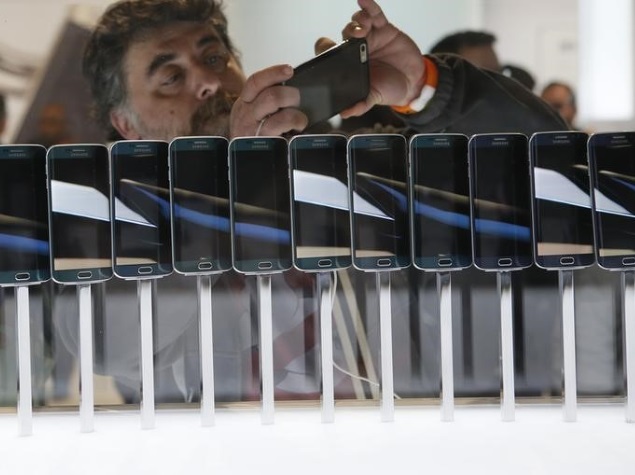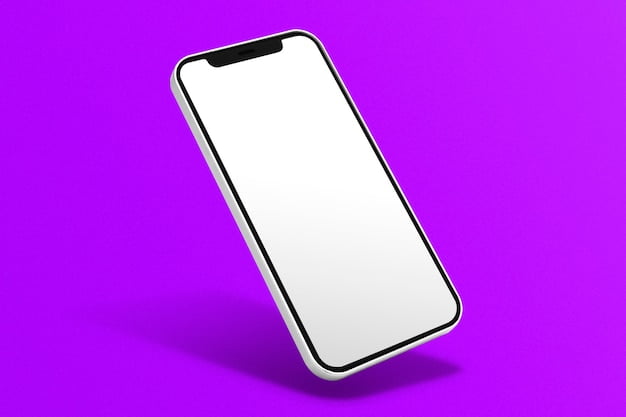
In what appears to be a struggle to gauge the competition in market, Samsung continues to lose market share. The South Korean smartphone manufacturer lost 3.1 percent share in Q2 2015, dropping from 24.8 percent to 21.7 percent year-over-year, as per the latest numbers from IDC.
Samsung shipped 73.2 million smartphones in the quarter, as compared to 74.9 million in the year-ago quarter. The company who ate Samsung’s lunch is mostly Apple. According to the IDC report for Q2 2015, the iPhone maker gained 2.4 percent share year-over-year of the market in the same period. The company’s market grab increased from 11.7 percent to 14.1 percent, shipping 47.5 million smartphones in the quarter compared to 35.2 million in the year-ago quarter.At the number three spot is Huawei, which also did pretty well last quarter. The Chinese smartphone manufacturer shipped 29.9 million smartphones (up from 20.2 million same quarter last year), capturing 8.9 percent of the market – a 2.2 percent increase in market share from the same quarter last year. IDC is attributing Huawei’s strong performance to its strong European and domestic sales.Xiaomi placed in the fourth position, and according to IDC, also saw an upward spike this quarter. The company shipped 17.9 million smartphones in Q2 2015 and captured 5.3 percent of the smartphone market. In comparison, it had shipped 13.8 million smartphones in the same quarter last year, with a 4.6 percent share. Xiaomi’s growth was driven by sales of both premium and entry-level handsets, said IDC.Lenovo placed fifth, and its 16.2 million smartphones shipped saw it grab a 4.8 percent share, compared to its 5.2 percent share last year with 15.8 million smartphones shipped. Notably, Lenovo figures from last year don’t include Motorola’s shipments. When combined, Lenovo and Motorola shipped 24.3 million smartphones in the year-ago quarter, giving the two companies a combined market share of 8 percent. IDC says despite stiff competition from Huawei and Xiaomi in their home turf, Lenovo saw strong sales in emerging markets in India with handsets like the A6000 and A7000. The Motorola brand on the other hand did well in the US and Europe.Samsung is having a rough time competing with emerging Chinese players, apart from of course, Apple. The South Korean giant has been reporting decline in its profits for last couple of quarters. Samsung will be concerned with Xiaomi’s eventual plans to enter the US. IDC says Samsung was the only company in the top five to see its smartphone shipments decline year-over-year. Its failing performance was blamed on mixed reception of its Galaxy S6 and Galaxy S6 Edge models, as well as limited supply for its curved flagship despite strong demand.Apple continues to impress with its shipment figures. Despite having a relatively smaller product lineup, the company shipped an impressive 47.5 million iPhone units in the last quarter. The figures match those shared by Apple in its earning report for the quarter disclosed earlier this week. The company had sold a record 74.5 million iPhones in Q4 2014. According to IDC, Apple did well in China in the quarter.Anthony Scarsella, Research Manager with IDC’s Mobile Phone team, said, “The overall growth of the smartphone market was not only driven by the success of premium flagship devices from Samsung, Apple, and others, but more importantly by the abundance of affordable handsets that continue to drive shipments in many key markets. As feature phone shipments continue to decrease, vendors will continue to attack both emerging and developed markets with competitive smartphones that are both rich in features and low in price.”




